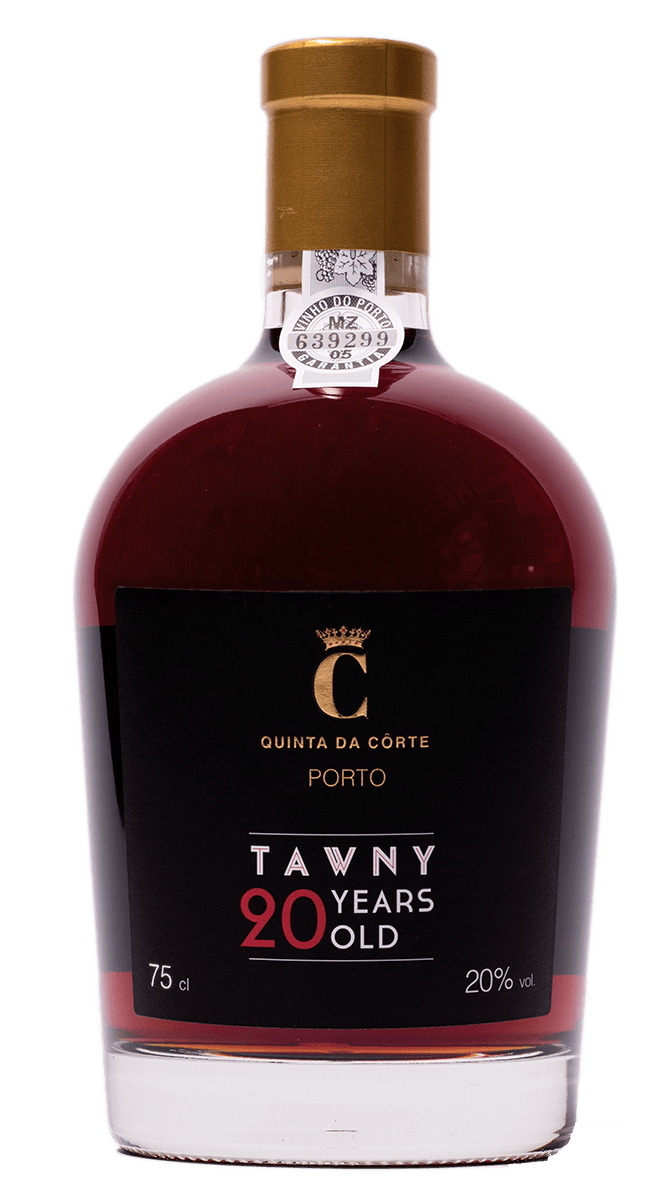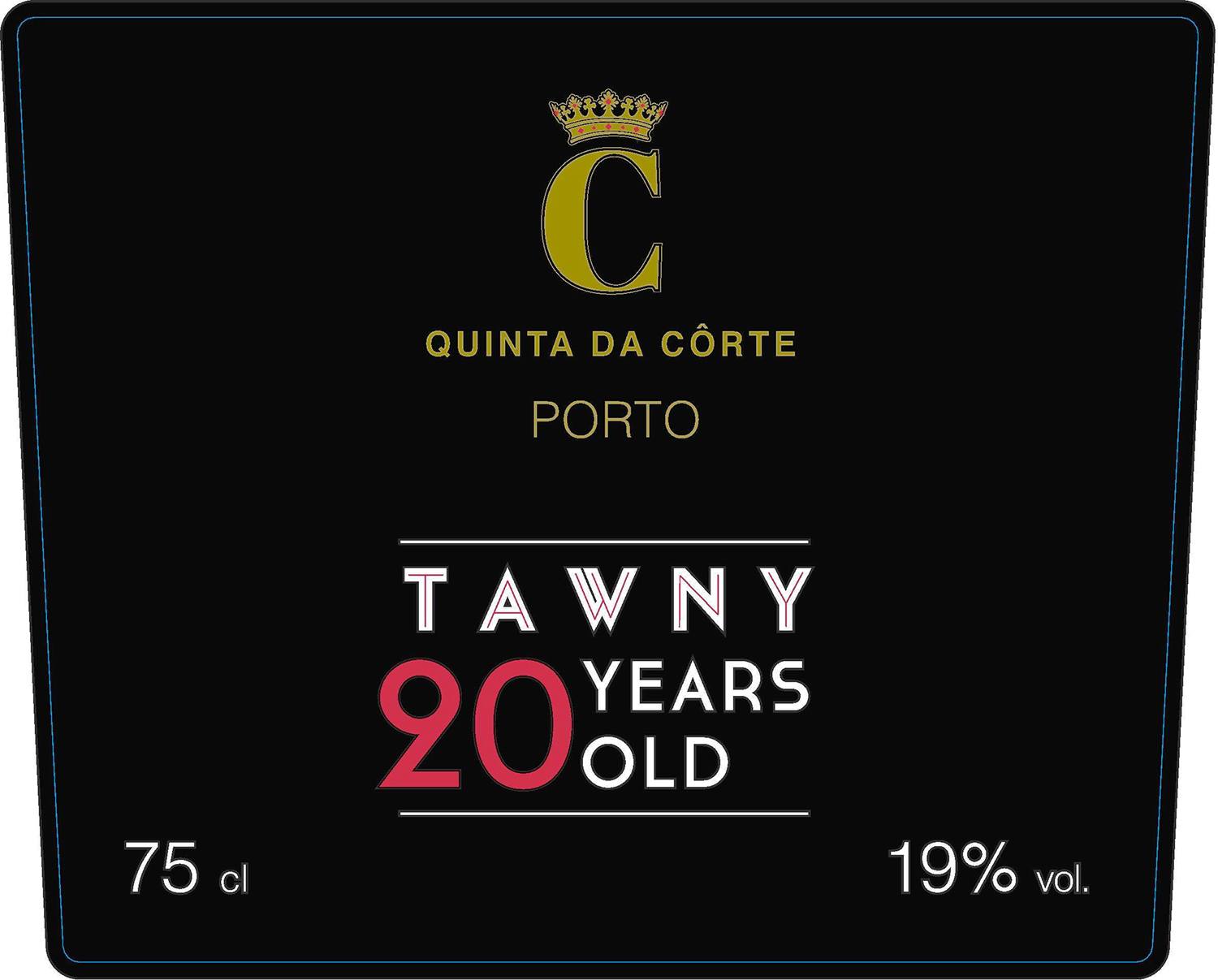
Quinta da Côrte
20 Years Old Tawny Port
A Quinta da Côrte Port is prepared like a grand cru: it requires precise standards, determination and know-how. Vinified in granite vats known as lagares, in keeping with the centuries-old tradition of the Douro valley, the 20 Year Tawny Port is a field blend of old vines (Touriga Franca, Tinta Roriz, Tinta Amarela) with an average of 20 years of aging in small oak barrels called pipas.
Vintage Factsheets
This field blend of traditional varieties comes from terraced vineyards planted on schist soils, with vines averaging over 70 years of age and wines blended to an average age of 20 years.
- Region
- Douro
- Appellation
- Cima Corgo
- Varietal Composition
- Red Blend
- Aging
- In casks (“Pipas”) of 600 litres.
- Alcohol
- 20%
Gold in color, with mahogany reflections, this high-class Tawny immediately seduces with the complexity of its aromas: a heady mix of currants, liquorice, cinnamon, candied citrus peel, coffee, cashew, caramel, walnut… and more. The palate is soft and harmonious, with a fine width which develops in an equally complex fashion. Fresh, flavorsome and well-balanced, it progresses to a long, rich and well-defined finish.




